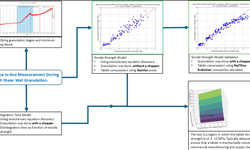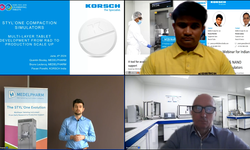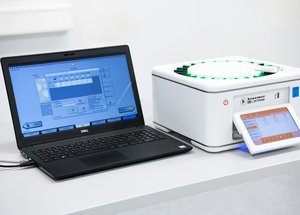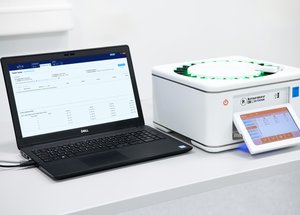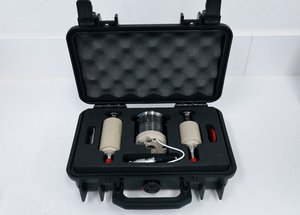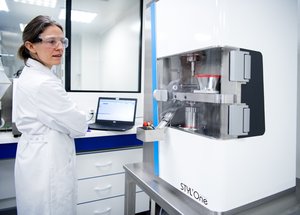Scientific papers
The evolution of tablet compaction punches has seen various design modifications aimed at enhancing manufacturing efficiency, tablet quality, and tool durability. This study seeks to comprehend the impact of developing new punch designs through the modification of punch head and face configurations, particularly concerning tablet physical quality.
In the initial phase of the research, the investigation focused on the influence of different deformation mechanisms during the dwell phase of tableting materials and their subsequent effects on tablet mechanical properties. Distinct phases of compact deformation during dwell were observed, dependent on the plasticity and porosity of the compact system. Extending dwell time proved beneficial for preparing tablets with highly plastic components, resulting in mechanically strong tablets. However, the effect of dwell might be influenced by time-dependent secondary factors.
The study then delved into the specific impact of punch head configuration on the compaction process and tablet mechanical properties in a rotary press. Modified head flat and head radius specifications were employed for high-speed tableting. Extending the head flat diameter increased dwell time, leading to significant improvements in tablet physical quality. This dwell time prolongation facilitated greater plastic flow, reducing tablet elasticity and forming more structural bonds. Punches without a head flat, with a change in head radius, showed marginal influence on the compaction process and insignificant differences in tablet properties.
Subsequently, the influence of punch face modification on the tableting process was explored, determining tableting performance under various compaction conditions. Flat-face punches with different face edge geometries were used for tablet production in a rotary press. Modification of the straight bevel edge to a curved edge enhanced compact densification, and the precompaction cycle, along with dwell time extension, amplified the tableting performance of the radius edge punch face configuration to a greater extent than the bevel-edged punch.
In the final part of the study, the impact of punch face configurational modification on tablet adhesion tendency was investigated. Flat-face punches with radius or bevel edge face configurations and plain flat-face punches were employed for tablet compaction. Punches with face configurations possessing a concavity (radius and bevel edge faces) were advantageous, reducing residual powder adherence significantly. Powder adhesion data between the edged punch face configurations showed similar degrees of material sticking, suggesting equivalent tableting performance in terms of tablet adhesion tendency.
This comprehensive study on punch tools provides insights into the advantages and limitations of punch head and face configurational changes concerning tablet properties. The findings are valuable for tablet press and tool manufacturers in considering process and tool design for successful tableting programs.

Comments
No comments posted yet.
Add a comment

